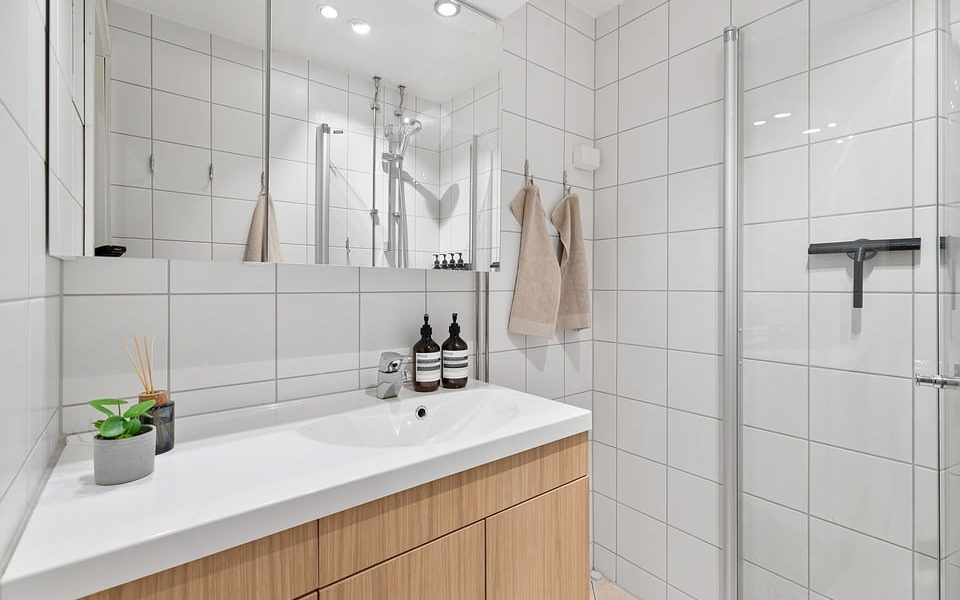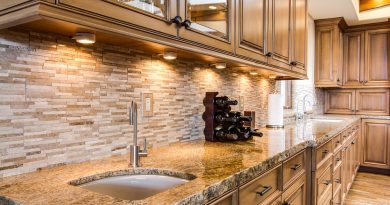The Ultimate Real Estate Investing Guide for Green Building: How to Increase ROI While Minimizing Environmental Impact
The Ultimate Real Estate Investing Guide for Green Building: How to Increase ROI While Minimizing Environmental Impact
In recent years, the demand for sustainable and eco-friendly real estate has been on the rise. As an investor, incorporating green building practices into your real estate projects not only benefits the environment but can also increase your return on investment (ROI) in the long run. In this ultimate guide, we will explore how you can successfully invest in green building projects while minimizing environmental impact.
1. Understanding Green Building
Green building, also known as sustainable or eco-friendly building, is the practice of designing, constructing, and operating buildings in an environmentally responsible and resource-efficient manner. This includes using sustainable materials, energy-efficient systems, and incorporating water conservation and waste reduction measures.
2. Benefits of Green Building
Investing in green building projects offers numerous benefits, including:
– Higher ROI: Green buildings typically have lower operating costs, higher asset value, and increased market demand, leading to higher returns on investment.
– Energy Efficiency: Energy-efficient buildings consume less energy, resulting in lower utility bills for tenants and higher profit margins for investors.
– Reduced Environmental Impact: Green buildings minimize carbon footprint, reduce waste production, and conserve natural resources, contributing to a healthier environment.
– Positive Brand Image: Investing in sustainable real estate can enhance your reputation as an environmentally conscious investor, attracting socially responsible tenants and buyers.
3. Key Elements of Green Building
To maximize the benefits of green building, consider incorporating the following key elements into your real estate projects:
– Energy-Efficient Appliances: Install energy-efficient appliances, lighting, and HVAC systems to reduce energy consumption and lower utility costs.
– Renewable Energy Sources: Consider integrating solar panels, wind turbines, or geothermal systems to generate clean energy onsite and further reduce reliance on traditional power sources.
– Water Conservation Measures: Implement water-saving fixtures, such as low-flow toilets and faucets, and utilize rainwater harvesting systems to reduce water usage and costs.
– Sustainable Materials: Opt for eco-friendly building materials, such as recycled steel, reclaimed wood, and bamboo flooring, to reduce environmental impact and promote sustainability.
– Green Roofing: Install green roofs or plant rooftop gardens to enhance insulation, absorb rainwater, and improve air quality while reducing urban heat island effects.
– Waste Management: Implement recycling programs, composting facilities, and waste reduction strategies to minimize construction and operational waste and divert materials from landfills.
4. Financing Green Building Projects
Investing in green building projects may require additional upfront costs compared to conventional developments. However, there are various financing options available to help you offset expenses and maximize ROI:
– Green Mortgages: Some lenders offer green mortgages with favorable terms, such as lower interest rates or reduced down payments, to incentivize investment in sustainable real estate.
– Energy Efficiency Rebates: Take advantage of energy efficiency rebates and incentives offered by government agencies, utility companies, and green building certifications to offset costs and increase profitability.
– Tax Incentives: Explore tax credits, deductions, and incentives available for green building investments, such as the Federal Investment Tax Credit (ITC) for renewable energy systems or the Energy-Efficient Commercial Buildings Deduction (Section 179D).
– Green Building Certifications: Consider obtaining green building certifications, such as LEED (Leadership in Energy and Environmental Design) or ENERGY STAR, to access financing options and attract environmentally conscious tenants and buyers.
5. Marketing Green Building Projects
Once your green building project is complete, it is essential to effectively market and showcase its sustainable features to attract potential tenants or buyers:
– Highlight Energy Efficiency: Emphasize the energy-saving benefits of your green building, such as lower utility bills, reduced carbon footprint, and improved indoor air quality, to appeal to environmentally conscious tenants.
– Showcase Sustainable Materials: Showcase the use of sustainable materials and green construction practices in your marketing materials to differentiate your property and attract eco-conscious buyers.
– Promote Green Certifications: If your project is certified by a recognized green building program, such as LEED or ENERGY STAR, prominently display the certification logo and highlight the environmentally friendly attributes of your property.
– Engage with Green Communities: Connect with local green initiatives, sustainability groups, and environmentally conscious organizations to promote your green building project and engage with like-minded individuals and businesses.
In conclusion, investing in green building projects is not only a financially rewarding venture but also a socially responsible choice that can positively impact the environment. By incorporating energy-efficient systems, sustainable materials, and eco-friendly practices into your real estate projects, you can increase ROI while minimizing environmental impact. Follow this ultimate guide to succeed in real estate investing for green building and contribute to a more sustainable future.






